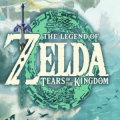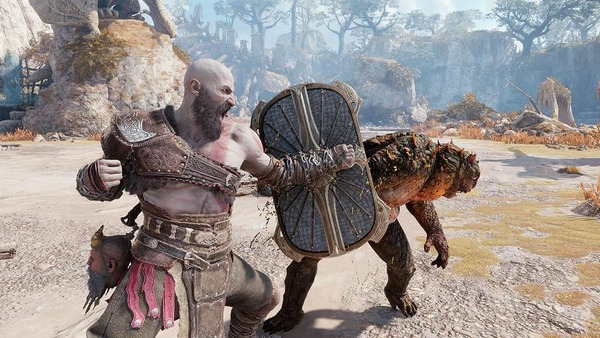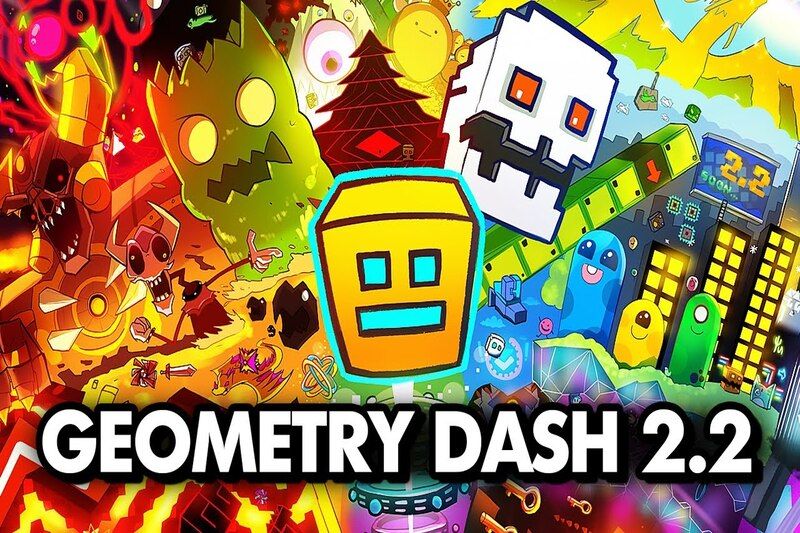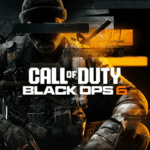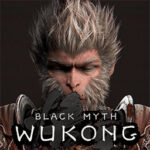Popular Now
Introduction
Minecraft is not just a game — it's a cultural phenomenon, a sandbox for creativity, and a cornerstone of modern gaming history. Since its release in 2011, it has remained one of the most-played games globally. But beneath its pixelated charm and blocky brilliance lies a growing concern among long-time players and developers alike: Minecraft is facing an identity crisis. This article explores the evolving tension between Mojang's desire to innovate and the community's demand to preserve the game's core simplicity, detailing how design decisions, updates, and community reactions have shaped this crisis over time.
1. The Original Vision and Community Foundation
Minecraft began with a clear identity: a procedurally generated sandbox where players could build, survive, and explore at their own pace. Markus “Notch” Persson created the game with minimalistic design and maximum player freedom, and the community flourished under this freedom.
As updates rolled in, the community quickly took ownership of Minecraft’s identity. Mods, custom maps, and multiplayer servers expanded the game in ways Mojang never imagined. By 2012, Minecraft was no longer just Mojang’s game — it was the community’s world.
2. The Microsoft Acquisition and Early Fears
In 2014, Microsoft acquired Mojang for $2.5 billion, raising concerns about the game’s future direction. Would it become overly monetized? Would updates prioritize corporate profit over player creativity?
Initially, Microsoft took a hands-off approach, maintaining the spirit of Minecraft. But over time, subtle shifts began. Marketplace content, Realms subscriptions, and Bedrock monetization introduced commercial elements that clashed with the game’s grassroots identity.
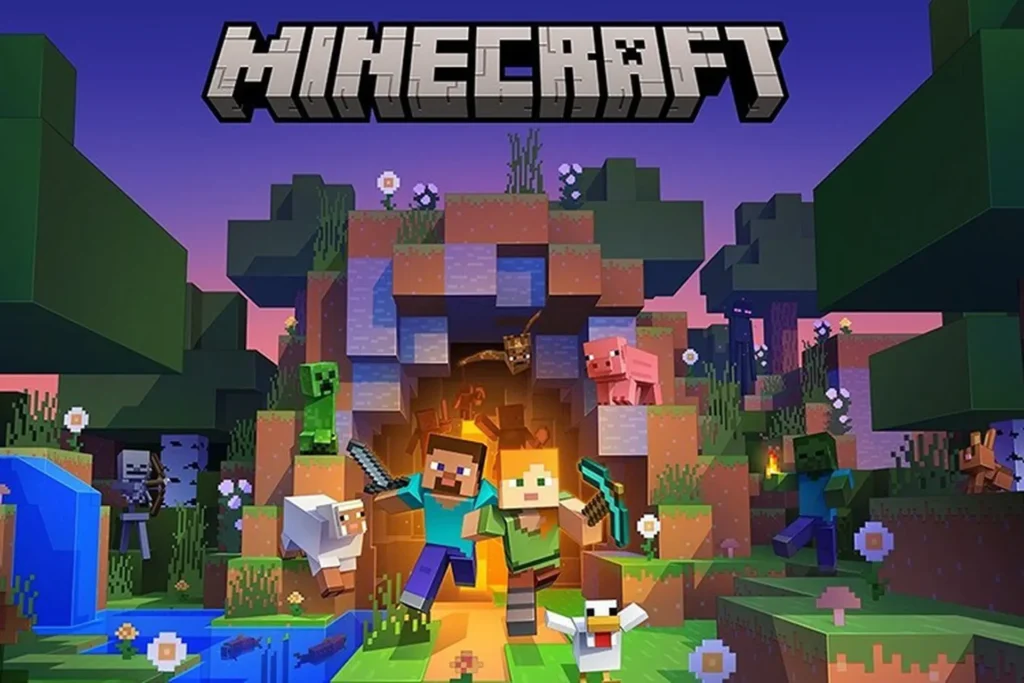
3. Java vs Bedrock: A Fragmented Player Experience
One of the earliest signs of identity conflict appeared in the division between Minecraft Java Edition and Bedrock Edition. While both offer similar core gameplay, their differences in redstone mechanics, modding capability, and community features divided the player base.
Bedrock’s cross-platform functionality made it more accessible, but Java remained the standard for advanced players and modders. Mojang’s dual-track development caused updates to feel inconsistent, reinforcing confusion about which version was “true” Minecraft.
4. Update Direction and the Community’s Voice
Major updates like "The Nether Update," "Caves & Cliffs," and "The Wild Update" introduced significant changes. While ambitious, many updates faced backlash for either being underwhelming or for changing mechanics beloved by veterans.
For example, the introduction of deep slate, new terrain generation, and archaeology features were praised by new players but criticized by veterans for bloating the game or undermining previous design principles. Mojang’s decision-making often felt torn between innovation and tradition.
5. The Phantom Vote and Trust Issues
The controversial introduction of the Phantom mob in 2017 through a community vote marked a turning point. While intended to empower the community, it inadvertently highlighted how limited player input actually was.
Phantom’s mechanics — punishing players for not sleeping — felt intrusive and anti-creative. Many regretted voting for it. Subsequent mob and biome votes continued this pattern: players felt forced to choose between three options, often leaving them disappointed with the result.
6. Marketplace Monetization vs Modding Culture
Minecraft’s Marketplace was introduced to make paid content accessible and reward creators, but it clashed with the longstanding free modding tradition in Java Edition.
Whereas Java modders enjoyed open-source sharing and community-driven improvement, Bedrock’s Marketplace locked content behind paywalls. This commercialization drew criticism for undermining Minecraft’s culture of openness and creativity.
7. The Wild Update and Broken Promises
When Mojang announced The Wild Update (1.19), fans were excited for features like fireflies, the birch forest overhaul, and more immersive nature mechanics. But upon release, several promised features were either cut or severely downgraded.
This created a rift in community trust. Players questioned why Mojang would overpromise in announcements only to quietly cancel or simplify features. The update revealed an internal struggle between development ambition and the constraints of Mojang’s cautious design philosophy.
8. Experimental Features and the Future of Updates
With 1.20 and beyond, Mojang shifted to releasing experimental features via “snapshot” testing before official updates. This gave the community more direct influence but also signaled that Mojang was uncertain about what Minecraft should become.
Features like archaeology, customizable armor trims, and new UI mechanics sparked both excitement and confusion. Some players felt these changes catered too much to casual or aesthetic-focused gameplay, drifting further from Minecraft’s survival and redstone roots.
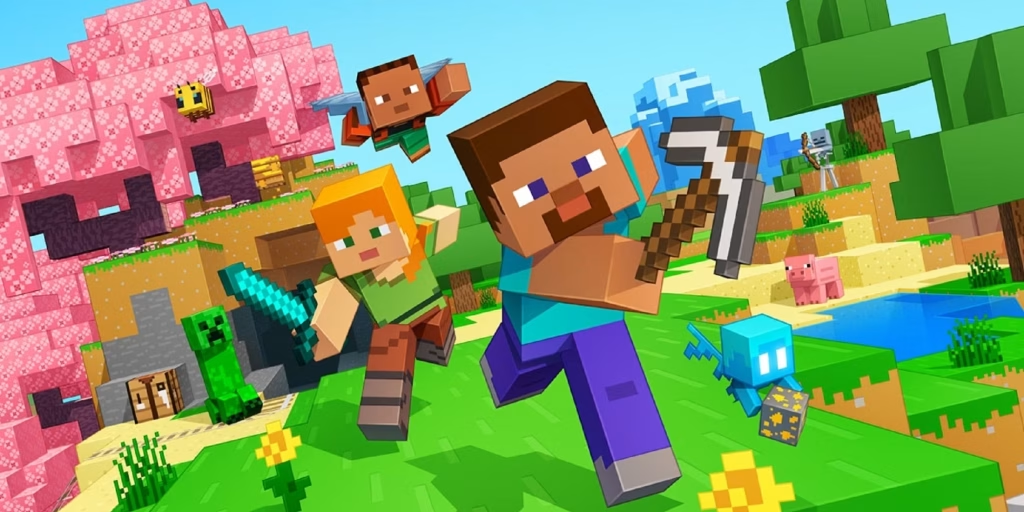
9. YouTubers, SMPs, and the Community’s Evolution
While Mojang develops the game, the community — especially YouTubers and streamers — shapes its identity just as much. Dream SMP, HermitCraft, and Lifesteal SMP each introduced unique playstyles, from roleplay to competitive survival.
These player-created experiences often filled voids left by Mojang’s slow update cycle. But they also fragmented expectations: what one player considers “real” Minecraft could differ vastly from another’s. This deepened the identity crisis as Mojang struggled to keep up with community trends.
10. Minecraft Today: Balancing Legacy and Modernization
As of 2025, Minecraft sits at a crossroads. It remains massively popular, with over 300 million copies sold, but its future direction is unclear. Mojang has the challenge of innovating without alienating its base.
Players want more depth without sacrificing simplicity. They want modern features without microtransactions. They want community engagement without feeling manipulated. In short, they want a game that grows without losing its soul.
Conclusion
Minecraft’s identity crisis is the result of rapid growth, shifting corporate goals, and a diverse, passionate player base that sees the game in countless different ways. Mojang walks a tightrope: evolve the game to keep it fresh, but preserve what made it iconic.
To thrive long-term, Mojang must prioritize transparency, listen deeply to community feedback, and respect the foundational principles that made Minecraft beloved. The game’s magic lies in its freedom — not just to build in blocks, but to define what Minecraft means for each player. Losing sight of that could mean losing the very essence of Minecraft.




